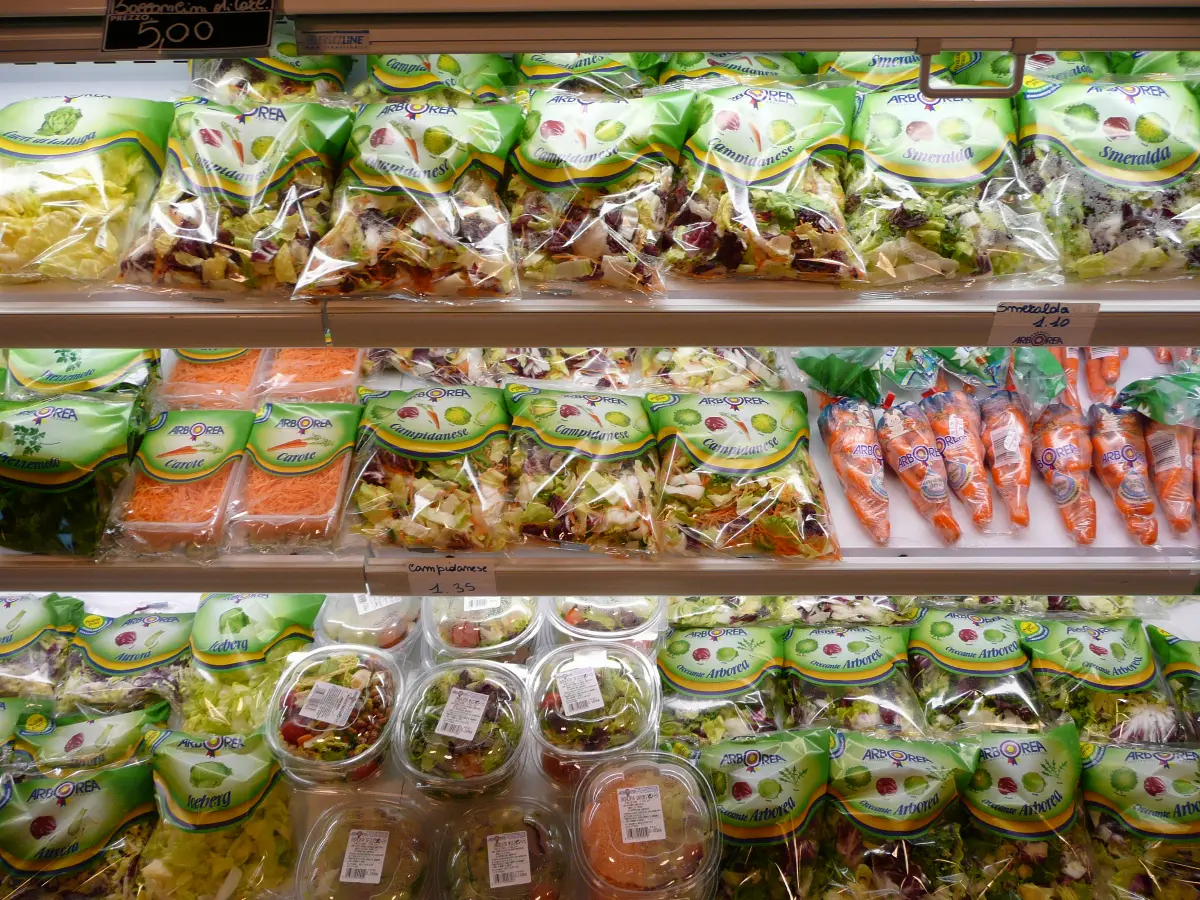
Macfrut /2. Fresh-cut products: little awareness of brands
From marketing to conservation to sanitization: the cross-section of a constantly evolving sector

At Macfrut, in the first appointment of the day of the Innovation Hub for Healthy food exhibition, fresh-cut products were examined. These consist of fruit and vegetables and in general, fresh vegetables, packaged and ready for consumption. Out of 100 people who shop this category, more than half are not fond of any particular brand. Some brands are more recognizable but in most cases there is no brand awareness. This scenario is also influenced by the high market share of private labels, which exceeds 50% in super and hyper markets, and 70% in discount markets.
According to the data that emerged at the conference "Four-range and advanced fresh-cut products: technological strategies for product innovation", out of 100 people who pass through the fruit and vegetable department, only nine stop in the fresh-cut refrigerators to make a purchase. “Faced with this loss of ground", said Giancarlo Colelli , Dafne University of Foggia, "we need important communication work based only on some of the product's pluses such as, for example, the sustainability of the packaging or the freshness of the product. But research has made great strides, arriving, for example, with spectrometric images to establish the quality level, both in terms of freshness but also of nutritional intake, for example, of vitamin C, of the vegetables or fruit contained with the utmost precision" .
It is currently difficult for companies in difficulty to invest in both communication and research even if large projects financed by public institutions such as the MIUR and Masaf are underway which involve both public partners, such as research bodies, or private individuals. Among the most important are 'Stay Fresh', Pofacs (financed by the Miur), Quafety (financed by Masaf). Among the latest frontiers: the identification of genetic markers capable of providing information on product quality, unconventional packaging with a controlled atmosphere, increasingly rapid identification of the presence of any pathogens, entry into the supply chain of fresh-cut processing of new vegetables, treatments thermal plants to increase the nutritional and organoleptic quality as well as the safety of salads or, again, use nano-encapsulated natural ingredients to reduce the microbial load in freshly harvested material.
Innovative studies for both the conservation and stabilization of fresh-cut products in a controlled atmosphere come from the University of Bologna. “We are working on innovative molecules", explains Giulio Giannini , industrial doctoral student, Alma Mater Studiorum, University of Bologna who is working on applied research with Agribologna on fresh-cut avocado -. Among those being tested is, for example, melatonin which is able to modulate the senescence of the product, glutathione which is able to control the antioxidant activity, the introduction of Kojic acid (chelating copper) in the packaging polymers or vanillin as an antimicrobial for packaging are being studied of coats, i.e. adherent coatings, which are in turn edible which reduce water waste, promote the transpiration of the product and control its respiration rate, as well as offering the possibility of encapsulating active molecules with an antimicrobial and antioxidant function".
From the University of Bologna comes a new method of sanitizing fresh-cut products that uses cold plasma to replace chemical agents. One of the companies that is applying the latest frontiers of innovation is Gulftech which has already introduced artificial intelligence, on product quality work, and robotics in its calibration and selection process. “We have also revolutionized the washing system for fresh-cut vegetables,” said Alessandro Turatti , manager of the US company, “with the aim of saving water and using alternative sanitizers to chlorine such as ultrasound or spray washing” .
EFA News - European Food Agency